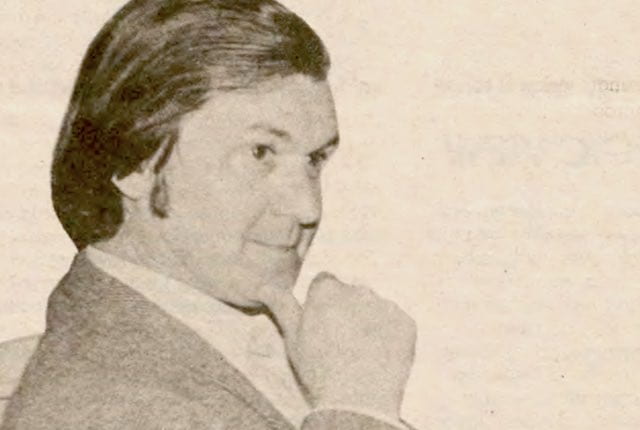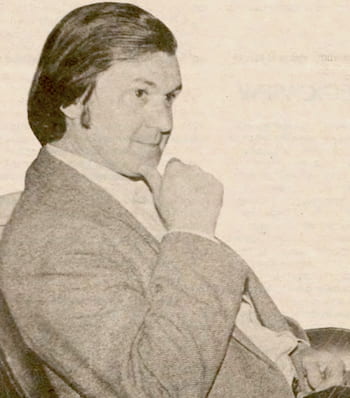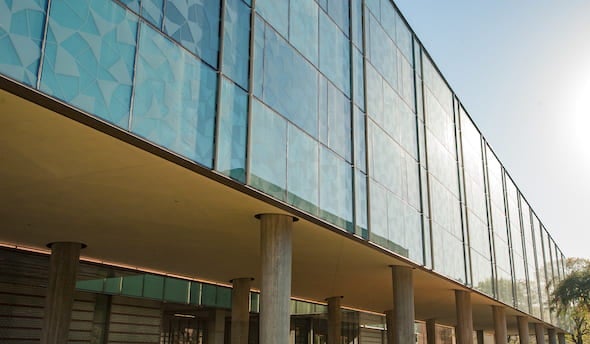Eminent mathematician Sir Roger Penrose is now a Nobel laureate, one of three to share the 2020 prize for physics. But once upon a time, he was Rice University’s Edgar Odell Lovett Professor of Mathematics.
Penrose, who got a half-share of this year’s prize, is accustomed to sharing, having split his time evenly between Rice and Oxford University from 1983 to 1987. For that, at least in part, thank Raymond (Ronny) Wells, a professor emeritus of mathematics who retired after 35 years at Rice in 2000.
Wells was gratified to hear the news about Penrose, who determined the formation of black holes is a “robust prediction” of Albert Einstein’s general theory of relativity. He noted the honor came too late for Penrose to share it with his colleague, the late Stephen Hawking, as Nobels are only awarded to living recipients.
“Roger was quite famous at that time for his work in relativity,” said Wells from his home in Boulder, Colorado. “I think it was some of the most important work done in relativity since Einstein’s work in 1916. I was quite familiar with his work long before I met him.
“So I was not surprised,” he said. “But I was very pleased.”
Wells and Penrose began collaborating in 1976 and continued to do so before, during and after the latter’s time at Rice. That included co-authorship of a 1981 paper, “Cohomology and massless fields,” on twistor theory, a concept Penrose described in detail to the Rice Sallyport.
So when an opening in the mathematics faculty appeared in the early ’80s, Wells’ friend seemed an obvious (though unlikely) recruit. “He and I were working together before that, and I went to Oxford several times and he came to Rice, and then when a vacancy appeared, somebody suggested, ‘Well, why don’t we offer the job to Roger? He’ll never come, but it won’t hurt.’ And he did.
“He never quit Oxford,” Wells said. “He was always juggling several appointments, and everybody was happy to have him on their payroll.”
Penrose, who developed his Nobel-winning proof in 1965, “used his fame credibly and wisely,” Wells said.
“Most importantly, there were 16 young people going back and forth between Rice and Oxford over a three- or four-year period,” he said. “We’re talking about postdocs, Rice undergraduates who got Ph.D.’s with Roger in Oxford and vice versa. It was a wonderful time.”
He noted Penrose was a distinguished speaker at the opening of Jacobs University in Bremen, Germany, founded in cooperation with former Rice president Malcolm Gillis and Wells, who also taught there.
Penrose’s influence was certainly known at Rice at the time. Along with the Sallyport feature, he was interviewed for KTRU in 1983 by Rice alumnus – and future state lawmaker -- Scott Hochberg. Listen to it in the Fondren Library archives here: https://scholarship.rice.edu/handle/1911/97140.
And to know for sure that Penrose left his mark on Rice, one need only walk past Brockman Hall, where the glass in the north-facing façade is patterned with Penrose tiling, a method of fitting tiles of different shape inspired by the art of M.C. Escher — who was in turn inspired by Penrose.




